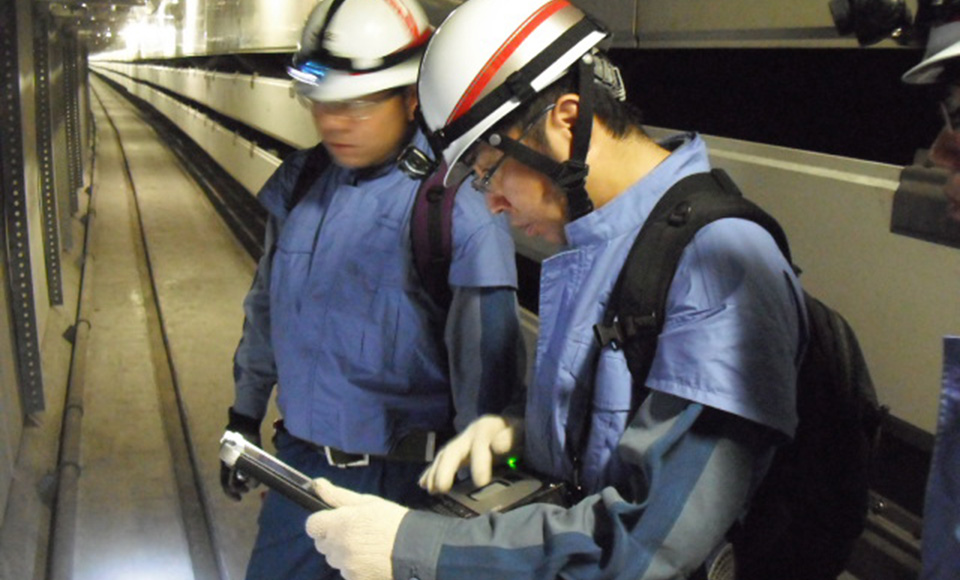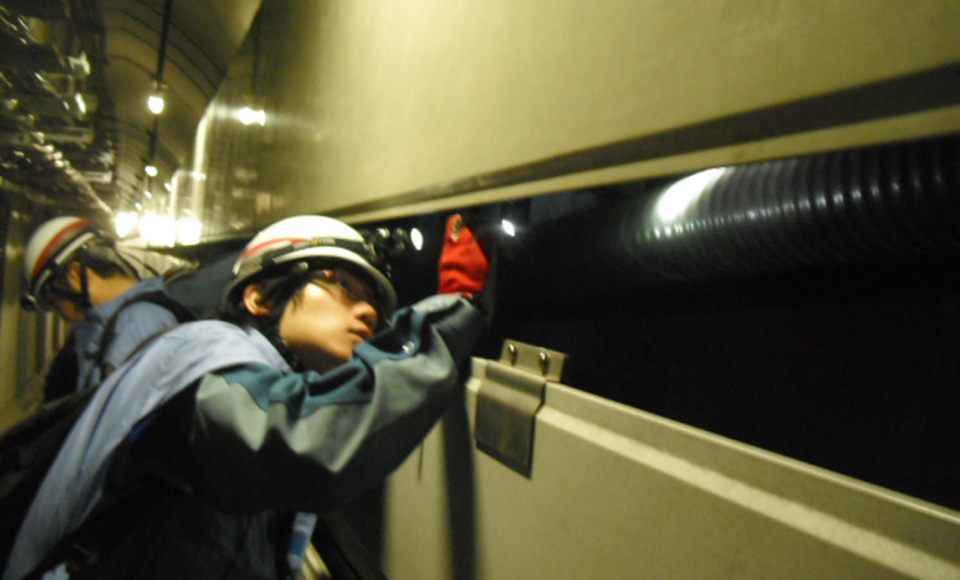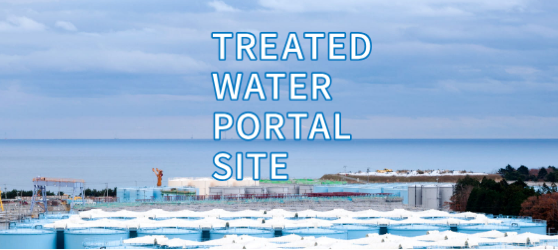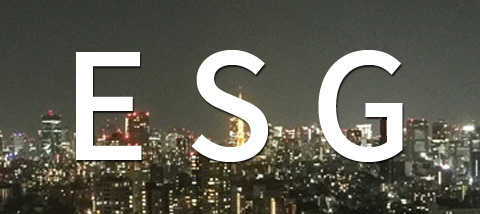Transmission Lines
Power Transmission
Electricity produced at power stations passes through substations before finally reaching our customers. The lines through which this electricity passes are called "transmission lines". (The lines between a final substation and homes are called "distribution lines".)
The amount of electricity that can be transmitted along a single transmission line is called the transmission capacity. The units used for this are kilowatts. The larger the capacity, the greater the amount of electricity that can be transmitted.
Although it is theoretically easy to increase voltage and increase current when transmitting in order to increase the transmission capacity, it actually requires overcoming various issues such as insulation issues, safety, and voltage drop for high-voltage large-current transmission technology.
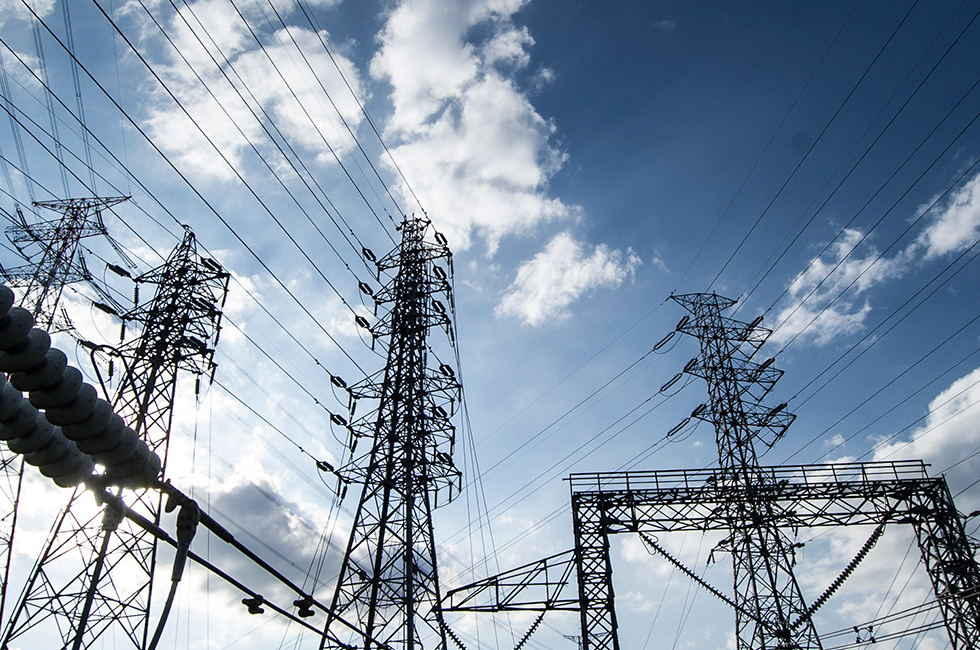
Reducing Transmission Loss
For this reason, not all of the electrical energy transmitted actually reaches our customers. Some of the electricity becomes heat due to factors such as the resistance of transmission lines and escapes along the way. This is called transmission loss. Transmission loss has been greatly reduced by measures such as the introduction of low-resistance aluminum wiring, increasing the transmission voltage, and incorporating transmission systems using computers to achieve the shortest distances.


Technical Innovations Enable Transmission Lines Designed for One Million Volts
The higher the voltage of transmission lines, the greater amount of electricity that can be transmitted. Transmission lines designed for one million volts have been installed in order to transmit large amounts of electricity from distant power stations in an efficient manner.
Transmission towers come in a variety of sizes in shapes according to factors such as transmission voltage and capacity, and the topology. Their height ranges from 45 m to over 100 m. The current transmission towers designed for one million volts are gigantic, measuring over 100 m in height.
Underground Transmission Lines Provide Harmony with the Cityscape
The transmission of electricity in the center of Tokyo where high-rise buildings line the streets requires supply reliability, low-loss transmission, and harmony with the cityscape. For this reason, underground transmission lines are used to transmit electricity at ultra-high voltages such as 500,000 and 275,000 V. Underground transmission lines are different from overhead transmission lines (transmission lines hung along towers or utility poles) in that the transmission lines must be contained in extremely narrow spaces. For this reason, cables for underground transmission are provided with safe insulation.
92.6% of transmission lines in Tokyo's 23 wards are underground lines.
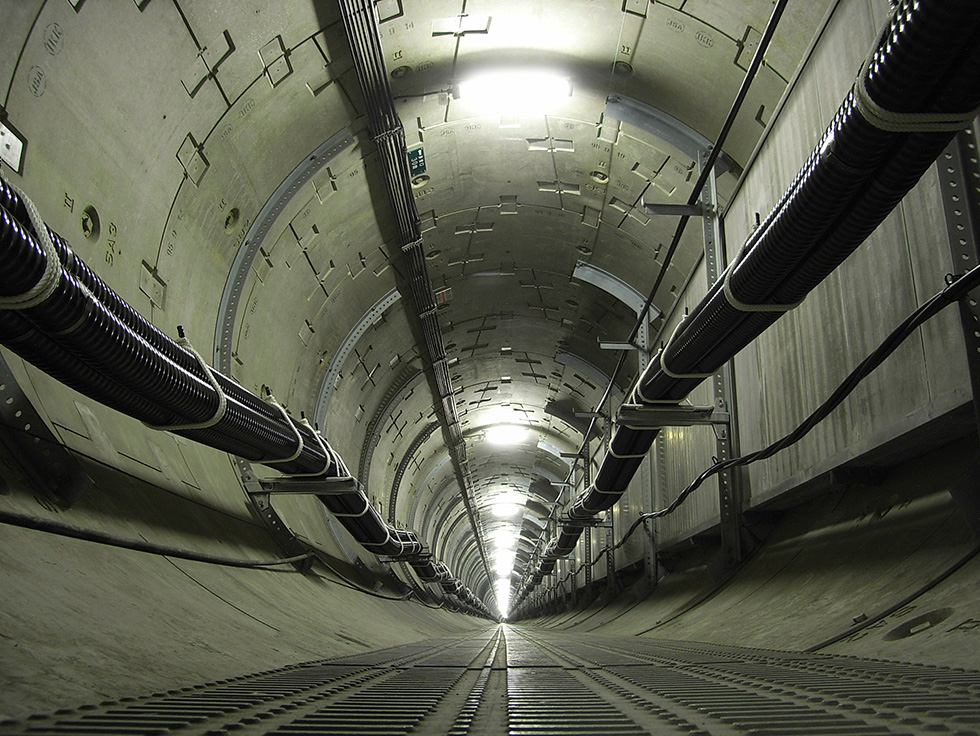
Scenes from the Inspection of Underground Transmission Lines
